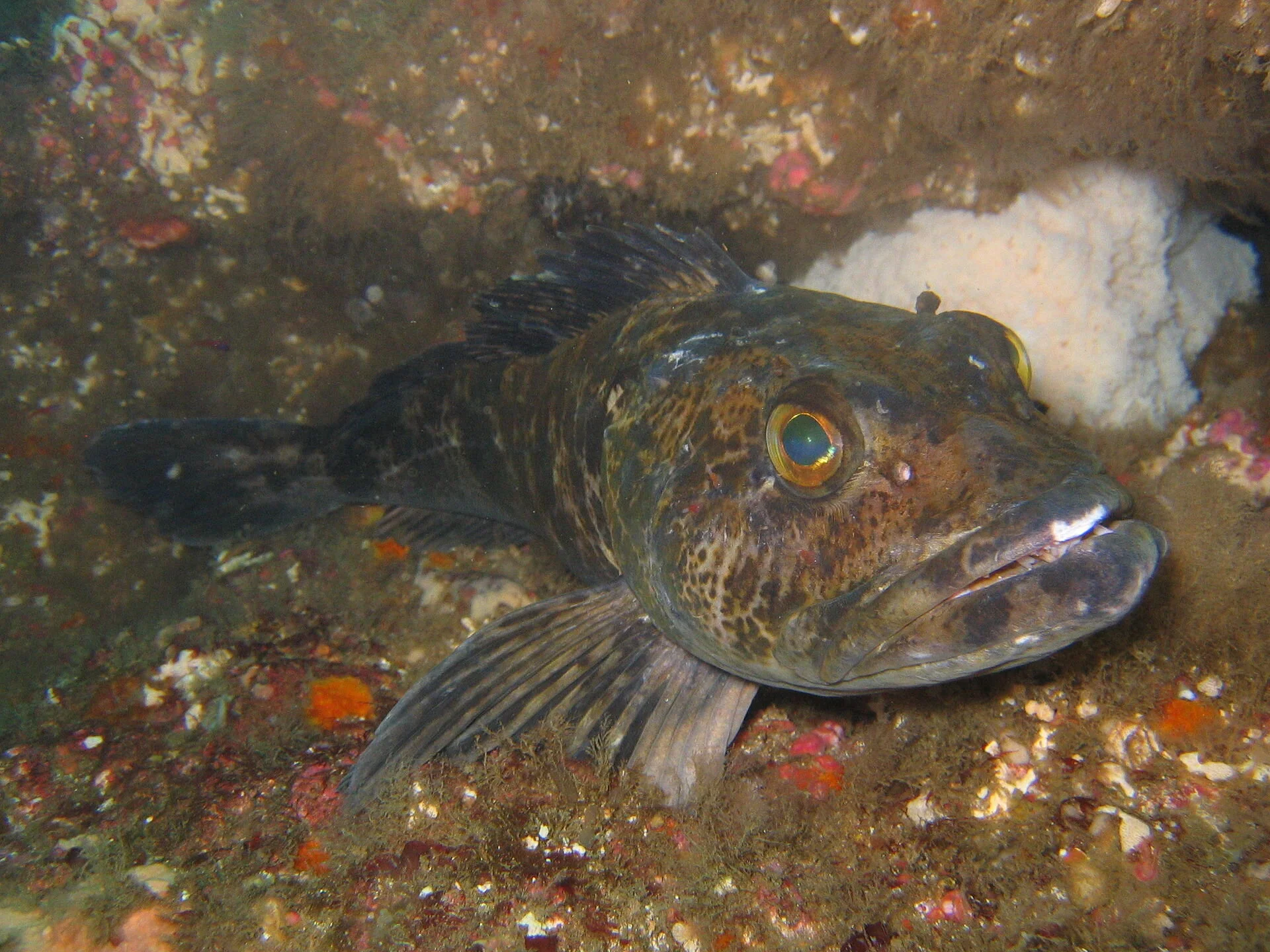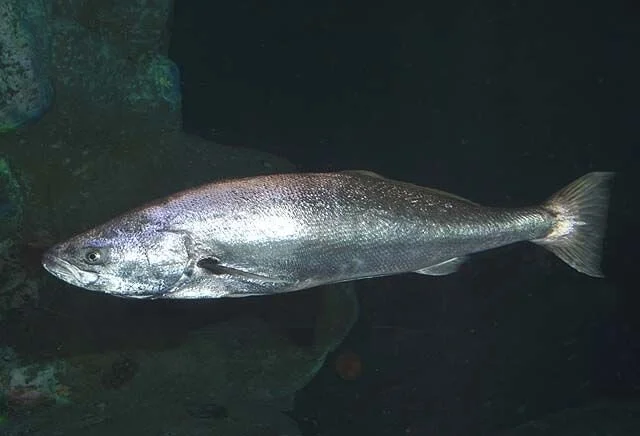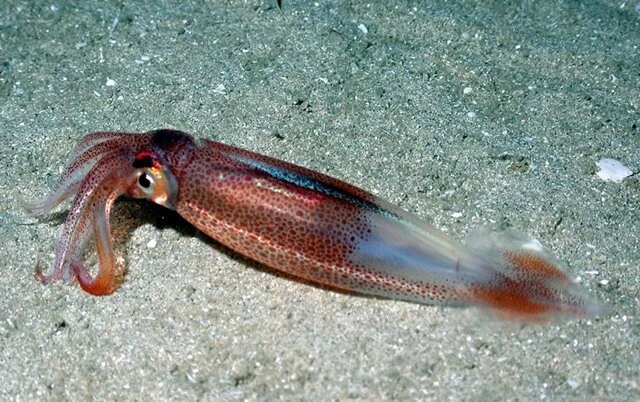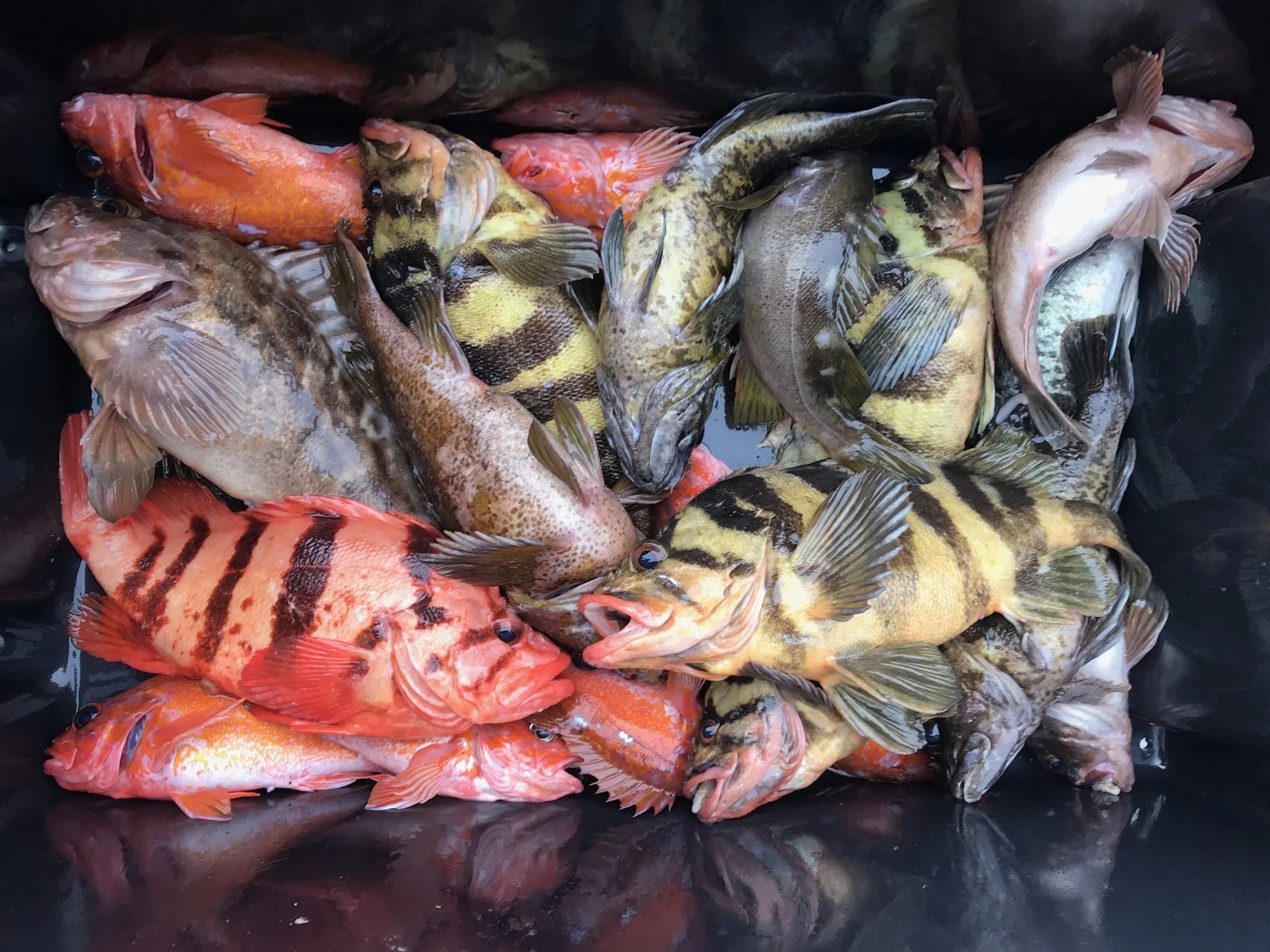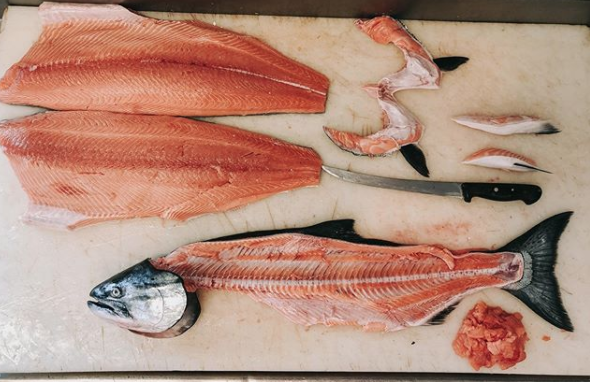Our guide to buying, storing,
preparing and enjoying #MontereyBaySeafood
For many, seafood can be intimidating, especially when trying a new species, figuring out what’s sustainable, and finding fresh, local seafood. We know there’s a lot to navigate - so we’ve created this guide to simplify the process and make it more accessible.
Buying Seafood
Buying fresh, local seafood doesn’t have to be hard. Learn how to buy seafood from a fish market, grocery store, CSF (community-supported fishery), restaurant, or directly off the boat!
Learn how to buy seafood directly off the docks - a unique opportunity to ask questions, and develop new relationships with local fishermen.
Restaurants are where most people enjoy seafood - chefs have access to wholesale and local seafood, and often prepare complex dishes that are hard to replicate at home. But how do you know if it’s a local and sustainable choice?
When you shop for seafood at a grocery store or supermarket, ask for locally-caught seafood that’s in season - it encourages fish buyers to source from Monterey Bay fishermen and strengthen our local food system.
Fish markets specialize in seafood. The best way to find out what’s local, seasonal and sustainable? Have a conversation, ask questions, and consult the Seafood Watch Guide.
CSFs are a great way to enjoy fresh, local, sustainable seafood from the Monterey Bay Fishing Community consistently. Join a CSF and get fresh, local seafood delivered to your home.
2. Seafood Species & Seasonality
When it comes to seafood, many of us stick with what we know - but that often means buying farmed or imported fish, which isn’t always sustainable. Learn more about when local species are in season and try something new!
3. Selecting & Storing Seafood
Learn how to properly select, clean and store seafood in your fridge or freezer.
Learn how to select seafood from the fish counter - tips for knowing what’s fresh from seafoodhealthfacts.org
Learn how to store all kinds of seafood properly in the fridge or freezer - tips from seafoodhealthfacts.org
4. Preparing Seafood
Seafood can be grilled, fried, baked, sautéed, poached or even eaten raw!
These detailed guides from fishermen, chefs and home cooks can help you learn to prepare seafood using different cooking methods.
Getting the most out of the local catch can sometimes mean going beyond boned, skinned, and pre-portioned sections. Here are the essential kitchen tools you need to take your seafood game to the next level, whether you’re buying from a local dock sale, a CSF, or a seafood counter.
Seafood doesn’t have to be intimidating, involve detailed recipes, or long preparation times. It’s a versatile, healthy protein that cooks quickly, and is flavorful and delicate on its own without too many other ingredients. These simple preparations allow you to enjoy seafood in its purest form, any day of the week.
As with any local favorite steeped in regional culinary tradition, people have a lot to say on how they like their Dungeness crab. Here a few of the most classic ways to enjoy Dungeness crab. But we want to hear your stories and recipes! We’ll share your posts across our social media platforms.
Eating seafood regularly doesn’t have to break the bank. Read our 10 tips for making affordable, sustainable seafood dishes at home.
Why buy a whole fish? And once you have one, what do you do with it? Read more about how to use a whole rockfish.












